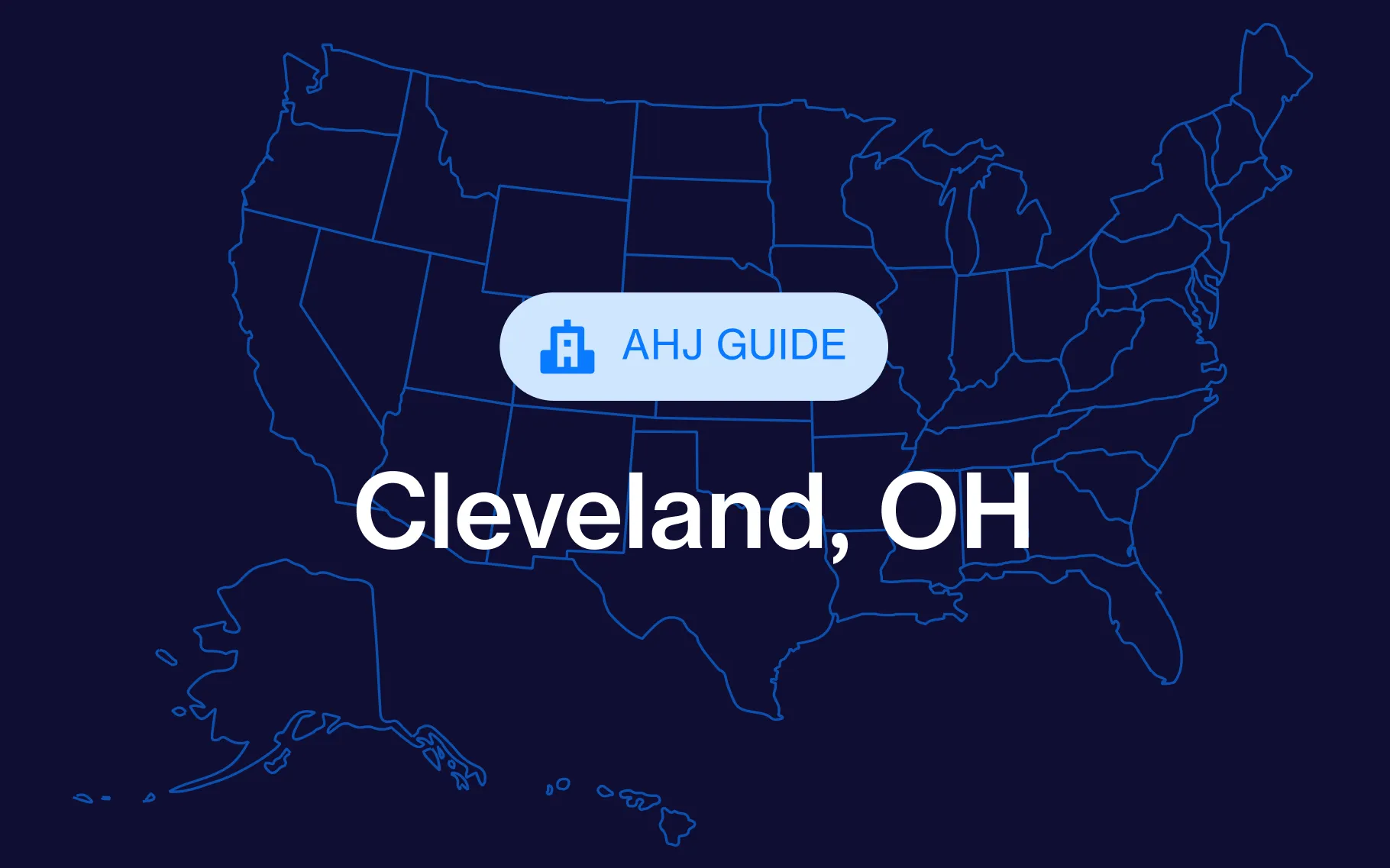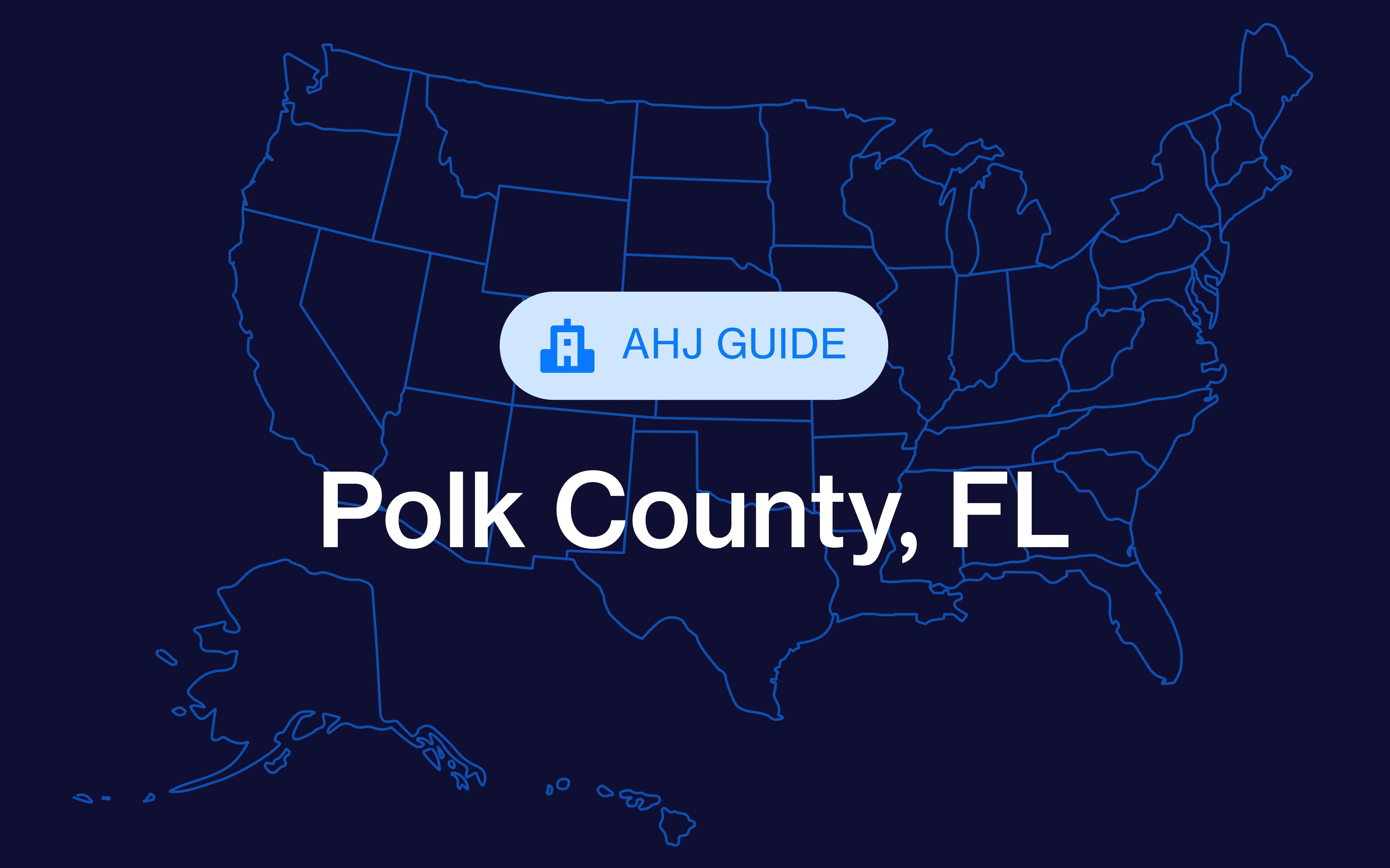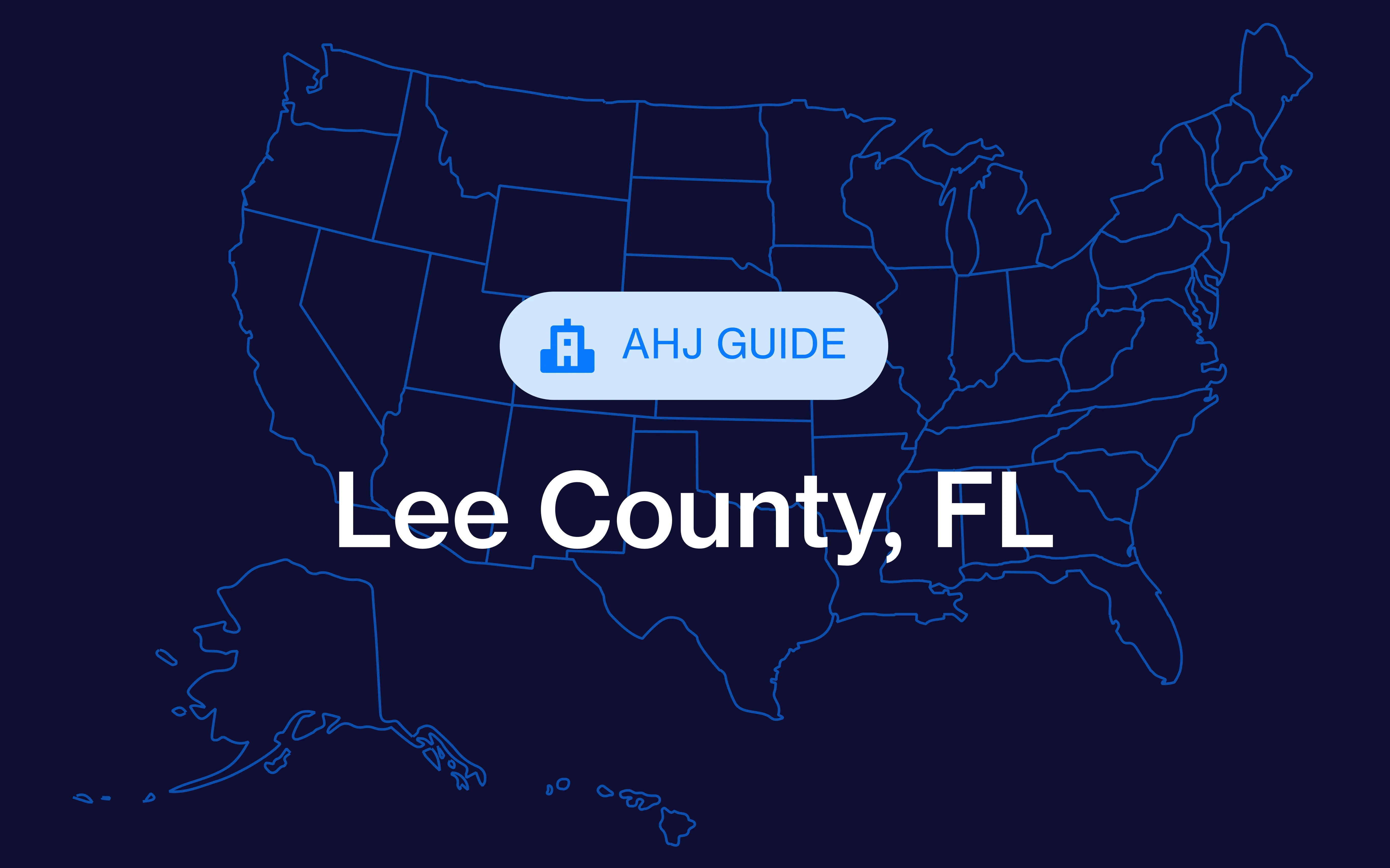Navigating the permitting process for a construction project in Cleveland, Ohio can be challenging. From understanding which forms to fill out to making sure your plans comply with local codes, the paperwork and details can easily become overwhelming. However, with the right approach and resources, you can reduce delays, meet compliance requirements, and keep your project on track.
In this guide, we’ll break down the essential steps, resources, and tips for successfully obtaining a Cleveland building permit.
Step 1: Access Cleveland’s permit applications and resources
Cleveland offers a centralized hub for building permit applications and submission instructions. If you’re planning a project, the following resources can help you get started quickly:
- Building permit application: Download the application form here. Ensure that all required fields are filled out accurately.
- Site plan approval policy: Before any construction begins, you need to ensure compliance with the city’s Site Plan Approval Policy, available here.
- Adequacy submission checklist: Use the submission checklist to make sure your plans and documents meet the city’s standards.
- Permit fees: Don’t forget to consult the permit fee schedule to understand the costs involved with filing your application.
- Permit requirements: Review the permit requirements to ensure all documentation is complete before submission.
Step 2: Ensure compliance with Cleveland’s permit submission instructions
When submitting your application, there are a few key requirements to keep in mind to avoid delays:
- Plans and drawings: Applications must be submitted with four (4) sets of plans, drawn to scale. The plans should include details like the index of drawings, plot plans, elevations, and cross-sections.
- Building codes: Projects must comply with the Residential Code of Ohio. A copy is available at City Hall’s Public Administration Library for reference.
- Mechanical and electrical systems: Be sure to include detailed schematics for plumbing, HVAC, and electrical systems, as these will be closely reviewed.
- Submission location: Applications can be submitted at City Hall (601 Lakeside Ave, Room 505) during business hours.
Providing accurate and detailed information will help you avoid common pitfalls that can slow down the approval process.
Step 3: Take advantage of digital resources for faster processing
Cleveland’s permitting process includes digital submission portals to help streamline certain types of projects. For instance, if you’re working on a solar installation or utility application, you can submit online:
- Residential rooftop solar installation: Submit via the electronic portal at this link.
- Utility applications: For utility work, email the appropriate contacts listed in the submission instructions.
Submitting these applications electronically allows for quicker review and reduces the need for follow-up on missing paperwork.
Step 4: Know when to involve additional reviewers
Depending on the scope of your project, you may need additional approvals or reviews from specialized departments. Projects involving utility relocations, zoning variances, or significant environmental impacts may require extra steps. The submission process outlined in Cleveland’s Site Plan Approval Policy will indicate if your project falls into these categories.
Step 5: Stay organized with a centralized permit management system
Managing multiple permits, tracking their status, and ensuring compliance can be complicated without a structured process. That’s why using a centralized permit management system is crucial for developers working in Cleveland.
With all your application documents, fees, and approvals in one place, you’ll reduce the risk of misplacing critical information and save time following up with city officials.
PermitFlow’s permitting software helps developers, contractors, and project managers keep track of their permits from submission to approval. You’ll receive real-time updates and notifications to stay informed at every step of the process.
Streamline your Cleveland permitting process
Whether you’re planning a residential development or a utility installation, navigating the permitting process doesn’t have to be a headache. By following the steps outlined in this guide and utilizing Cleveland’s online resources, you can avoid unnecessary delays and ensure your project meets all compliance requirements.
Looking for additional support in managing your permits? PermitFlow can help you automate and track your applications, providing you with the visibility and tools you need to keep your projects moving forward.
Contact us today to learn more and start streamlining your permitting process.








